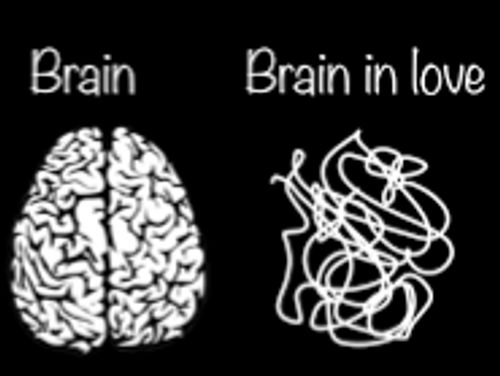Neuroscience of Love
Feb 24, 2022 · 2 mins read
0
Share
Love can be seen in various forms, obsession, infatuation, companionship, joy and excitement, deep connection, what appears as a cocktail of potent emotions has a profound impact on our bodies, lives, culture and society since millennia.
Save
Share
How did the heart become synonymous with love? The Egyptians noticed the veins and arteries, radiate outwards from the heart, and concluded that it was central to emotion. The adrenaline surge from any strong emotion has a powerful effect on our heart rate, hence ♥️ = love.
Save
Share
The three key hormones responsible for creating the chemical cocktail of love are Oxytocin, Vassopresin and Dopamine. This does not mean we could create a love potion out of these chemicals as history, values and cultural reference points also play a part in a courtship.
Save
Share
Oxytocin and Vassopressin are known to cause stronger feelings of attachment. They are also key hormones found in monogamous non-human species. Oxytocin has been shown to increase the urge to gaze into the eyes of your loved one, and also boosts the ability to read others emotion
Save
Share
Dopamine both helps fire up relationships and maintains them, and from animal studies, it can be seen that different receptors respond to falling in love, staying in love and breaking up.
Save
Share
The brain areas responsible for releasing these: Ventral Tegmental Area (VTA) releases dopamine, Nucleus Accumbens (NA) contains many oxytocin receptors and Ventral Pallidium (VA) contains vasopressin receptors. These are all interlinked reward systems, which fire up in love.
Save
Share
Ventral Tegmental Area starts the show, using neurotransmitters to send dopamine and other hormones to the other regions of the brain associated with different human functions.
Save
Share
Nucleus Accumbens links the pleasurable feelings of romantic love to our sensory systems. This could explain why we might connect a smell, colour or song to a loving feeling you have for a partner.
Save
Share
It has been discovered that that people who have a greater amount of oxytocin receptors in Nucleus Accumbens are associated with a higher likelihood of forming lifelong pair bonds.
Save
Share
The ventral pallidum is mainly involved in processing signals of motivation and reward, and cementing certain actions associated with these rewarding feelings in our mind.
Save
Share
0
